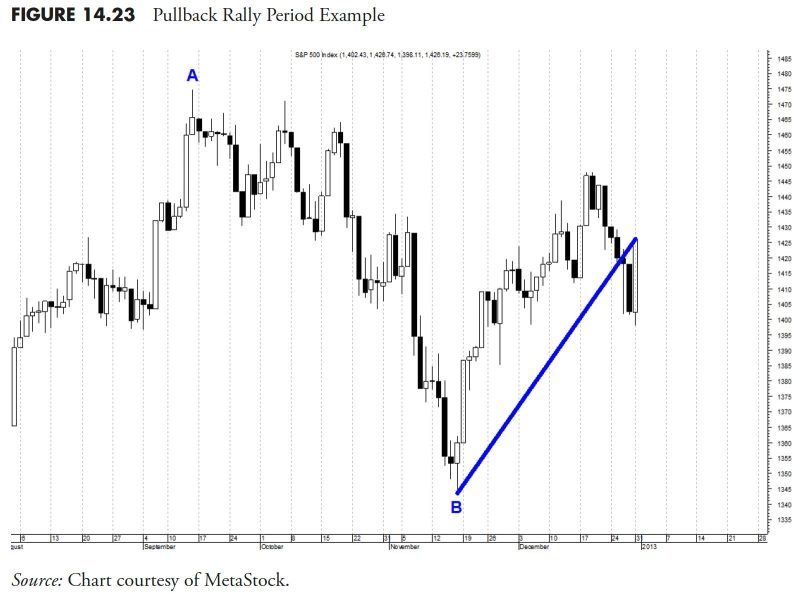In the realm of money management, the significance of security selection rules and guidelines cannot be overstated. To ensure consistent profitability and wealth preservation, understanding and implementing effective security selection strategies is imperative. Whether you are a seasoned investor or just starting out, following a set of rules and guidelines can significantly enhance your portfolio management prowess.
1. **Risk Assessment and Tolerance**: Prior to selecting securities for your portfolio, it is essential to evaluate your risk appetite and tolerance levels. Different securities carry varying degrees of risk, and it’s crucial to align your investment choices with your risk profile. Consider factors such as financial goals, time horizon, and overall financial situation when determining your risk tolerance.
2. **Diversification**: The age-old adage of not putting all your eggs in one basket holds true when it comes to security selection. Diversification across asset classes, industries, and geographies can mitigate risk and enhance portfolio stability. By spreading investments across different types of securities, you can reduce the impact of adverse events on your overall portfolio performance.
3. **Fundamental Analysis**: Conducting thorough fundamental analysis on potential securities is fundamental to informed decision-making. Factors such as company financials, management team, competitive positioning, and industry trends should be analyzed before adding a security to your portfolio. Fundamental analysis provides insights into the intrinsic value of a security and its growth prospects.
4. **Technical Analysis**: Complementing fundamental analysis with technical analysis can offer a comprehensive view of security performance. By studying price trends, trading volumes, and technical indicators, investors can identify entry and exit points for securities. Technical analysis can help in timing trades and optimizing return potential.
5. **Valuation Metrics**: Valuation metrics, such as price-to-earnings ratio, price-to-book ratio, and dividend yield, offer a quantitative basis for assessing the attractiveness of a security. Comparing these metrics with industry benchmarks and historical averages can assist in determining whether a security is undervalued, fairly valued, or overvalued. Utilizing valuation metrics can aid in making more informed investment decisions.
6. **Market Conditions and Sentiment**: Monitoring market conditions and investor sentiment is crucial for adapting your security selection strategy. Market trends, economic indicators, and geopolitical events can influence security prices and overall market sentiment. Being attuned to these factors can help in adjusting your portfolio allocation and risk management approach accordingly.
7. **Review and Rebalance**: Regularly reviewing your portfolio and rebalancing it based on changing market conditions and financial goals is essential for long-term wealth accumulation. Revisiting your security selection rules and guidelines periodically can ensure that your portfolio remains aligned with your investment objectives and risk tolerance.
In conclusion, adhering to sound security selection rules and guidelines is paramount for successful money management. By considering factors such as risk assessment, diversification, fundamental and technical analysis, valuation metrics, market conditions, and regular portfolio review, investors can enhance their ability to build resilient and profitable portfolios. Remember that investing is a journey, and adopting a disciplined and structured approach to security selection can pave the way for financial success in the long run.
